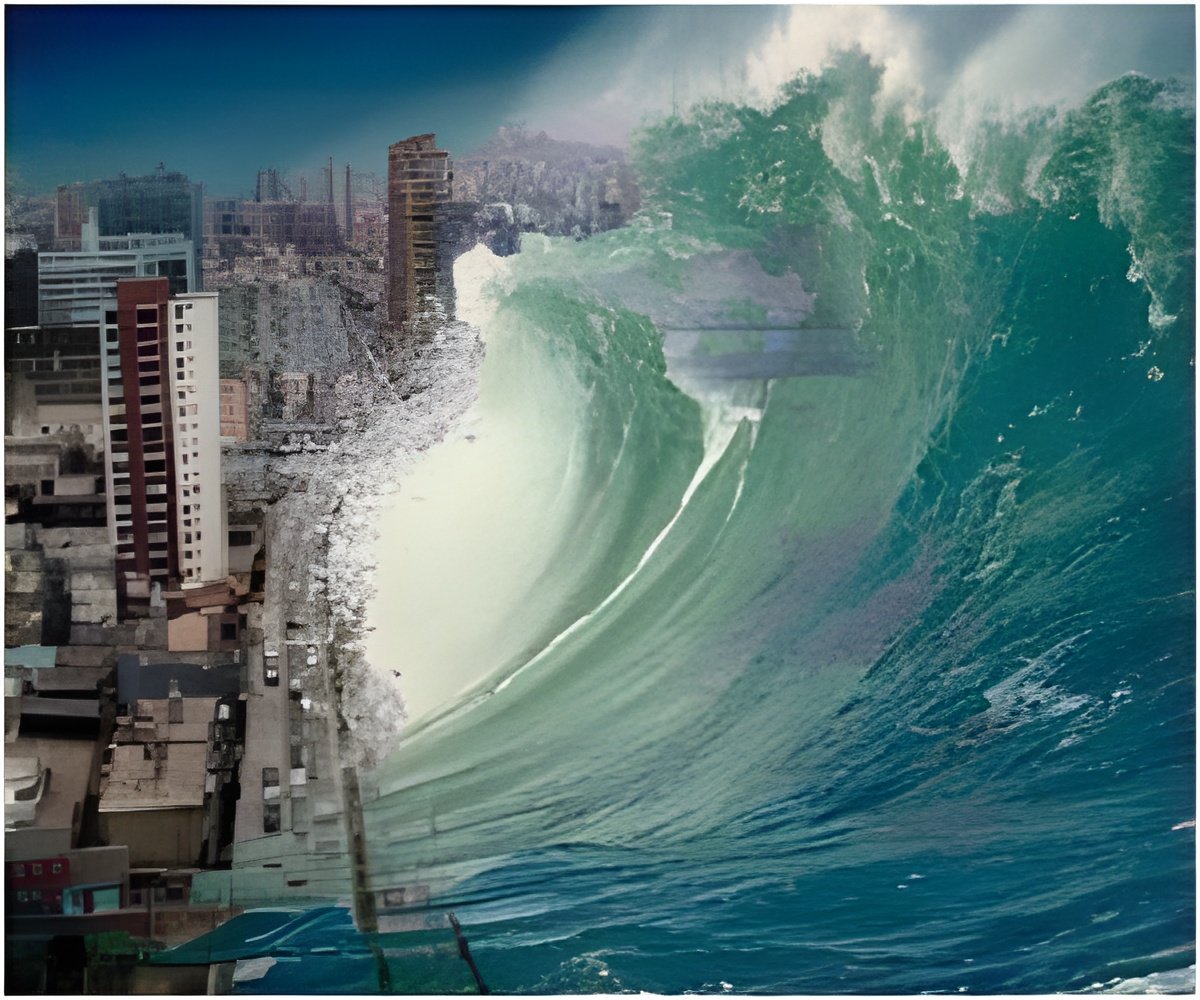
However, the new study suggests that wedges of sediment scraped from the plates can pop up, thereby boosting the resulting tsunami.
The new study suggests that spotting these wedges could improve large tsunami prediction.
Megathrust earthquakes are the sudden release of "elastic" energy stored as tectonic plates grind against each other, deforming but not slipping.
This typically occurs at a subduction zone, where one plate is sliding beneath the next.
The quake arises when the deformation becomes too great and the stored energy suddenly gets released.
Advertisement
For the new study, two eminent seismology researchers from Cambridge University, Dan McKenzie and James Jackson, have come up with a different idea.
Advertisement
"A Japanese submersible went down after the Tohoku earthquake and found not at all what everybody expected - which is that actually the tsunami was generated by the Japanese plate overriding the Pacific plate and moving upwards," the BBC quoted him as saying.
"But what this submersible found was... there was a fault which had moved the other way: instead of Japan moving upwards over the Pacific (plate), actually Japan had moved downward," he said.
They have proposed that the resulting tsunami was made far worse by the wedge-shaped "accretionary prism" at the boundary between the two plates.
The prism is a collection of loose rock and mud that builds up gradually as one plate slips below another and fragments are broken off each.
When the plates finally violently slip, the point of the wedge is squeezed. This fires the material upward and outward, turning the energy of the plate into the energy of the ejected rock.
"Let's say you have something wedge-shaped on the floor and you jump on it, the wedge will shoot sideways, and that's we think happens," Prof McKenzie said.
"The weight of the stuff on top shoots a wedge of stuff out. Put some water on the floor and do the same thing, and that will produce a wave," he added.
The team went on to study the sites of other unexpectedly large tsunami from the past, including one off Nicaragua in 1992, Sumatra in 2004, and Java in 2006 - finding similar characteristics of the faults.
The study has been published in Earth and Planetary Science Letters.
Source-ANI








